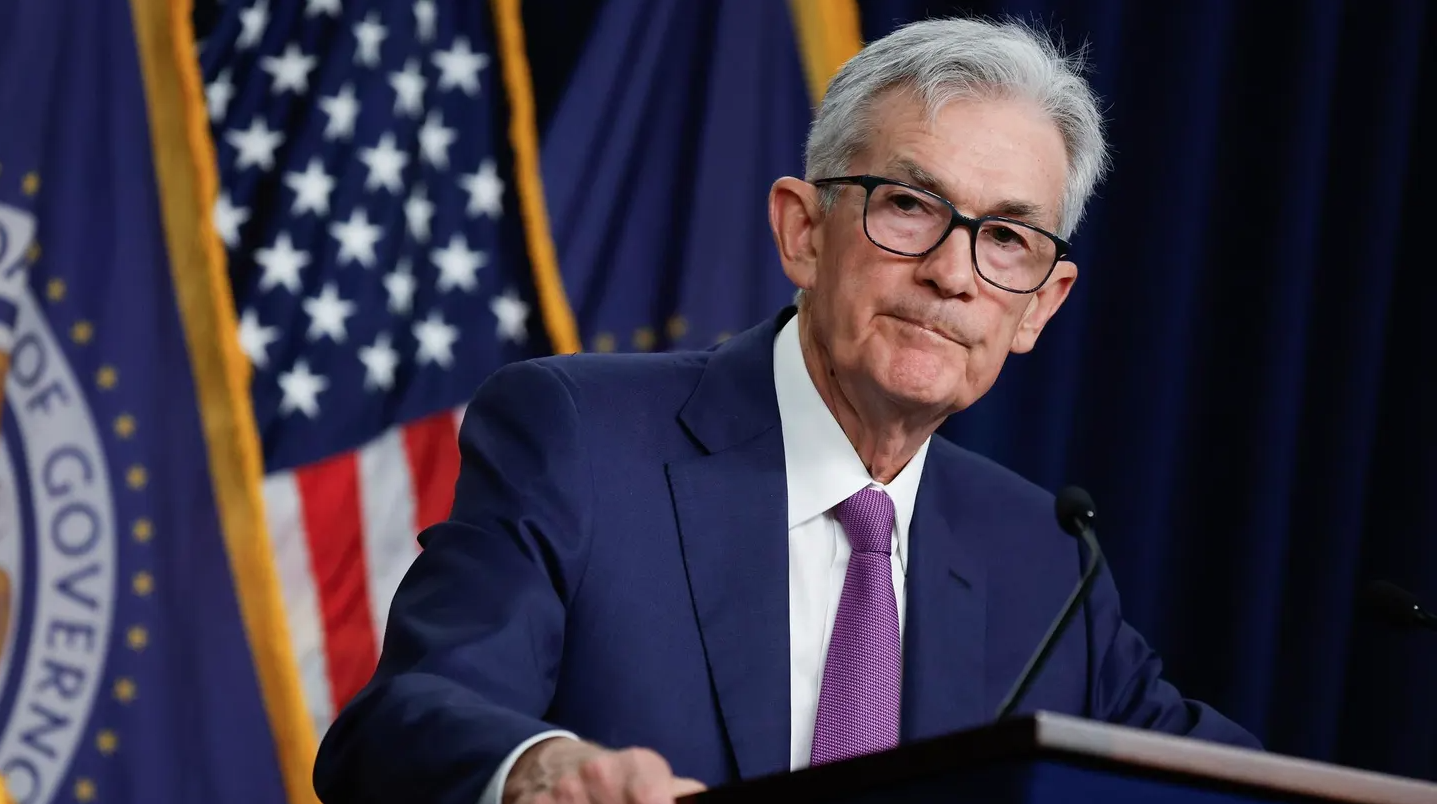The Federal Reserve recently announced a reduction in interest rates by 50 basis points, bringing the federal funds rate down to a range of 4.75% to 5.0%. This decision follows a series of rate hikes throughout 2023 aimed at curbing inflation, which had surged to over 9% in 2022. With inflation now down to 2.5% in August, the Fed is signaling that it’s time to ease off its aggressive stance.
This move marks the first rate cut since July 2023 and could be the beginning of a series of cuts expected to continue through 2024 and possibly into 2025. While the intention behind these cuts is not to accelerate economic growth but to reduce the strain on the economy, the impacts will be felt by everyone, from borrowers to savers and investors.
Here’s a breakdown of how different groups are affected:
1. Borrowers
For borrowers, especially those with existing loans, the interest rate cut could bring some relief. If you locked in a low-rate mortgage in the past couple of years, you’re in good shape, as your rates will remain fixed. However, those with adjustable-rate mortgages or floating-rate loans may start to feel a bit of relief as rates decline. That said, some older loans that are resetting at higher rates might still lead to increased monthly payments, albeit less steep than they would have been without the Fed’s decision.
For potential new borrowers, access to credit remains a challenge. Although rates on personal loans, credit cards, and auto loans are expected to decline, the availability of credit may not improve significantly. Currently, the average personal loan rate stands at around 12.35%, and while the Fed’s actions will put downward pressure on these rates, the drop may not be immediate. Borrowers with strong credit histories will likely benefit the most from these reductions.
2. Credit Card Holders
Credit card interest rates, which are often tied to the prime rate and influenced by the federal funds rate, will also decrease as a result of the Fed’s cuts. However, these reductions are expected to be gradual. Variable-rate credit cards saw record highs during the Fed’s aggressive rate hikes, and while they will come down, the process will be slow.
For those carrying credit card debt, this is a critical time to focus on repayment. Using strategies like zero percent balance transfer offers can accelerate debt reduction. Although lower rates on credit cards are a positive development, they won’t fall quickly enough to resolve significant debt burdens. For those not carrying a balance, these rate changes are less impactful.
3. Mortgages
Mortgage rates are not directly tied to the federal funds rate but often move in a similar direction due to shifts in the 10-year Treasury yield. As Treasury yields have declined throughout 2024, mortgage rates have followed suit. The average mortgage rate has dropped from a peak of 8% last October to around 6.31%, opening up refinancing opportunities for many homeowners.
However, further reductions in mortgage rates may not be straightforward. While additional rate cuts are anticipated, the process may be uneven, and there are no guarantees about when or by how much mortgage rates will continue to fall. Potential homebuyers still face the challenge of high home prices paired with rates that, while lower, remain elevated compared to levels seen a few years ago.
For homeowners with home equity lines of credit (HELOCs), which are typically tied to the prime rate, borrowing costs should decrease as the federal funds rate falls. Those with outstanding HELOC balances will see some relief, though shopping around for better rates remains a good idea.
4. Stock and Bond Investors
The Fed’s rate cuts are generally favorable for stock and bond markets. Lower interest rates make stocks more attractive relative to fixed-income investments like bonds and CDs. Investors in bonds stand to benefit as bond prices typically rise when interest rates fall.
However, the stock market’s response to lower rates may depend on the broader economic outlook. If rate cuts are seen as a response to recessionary fears, stock prices could become volatile. Investors should remain focused on long-term strategies and avoid reacting to short-term fluctuations.
Bond investors, who saw the value of their holdings decline during the period of rising rates, should now see some recovery as rates drop. That said, reinvestment at lower rates could become a challenge for those looking to roll over their investments into new bonds. Short-term bond rates, though, remain attractive for those seeking safer, shorter-term returns.
5. Savings Accounts and CDs
On the flip side, savers will likely see lower returns on their deposits. Banks are expected to cut rates on savings accounts, CDs, and money market accounts as the federal funds rate declines. Online banks and credit unions, which typically offer higher rates than traditional banks, may still be a better option for savers looking to maximize their interest earnings.
For those holding CDs, locking in longer-term rates before they fall further could be a smart move. Account holders who have already locked in their rates will retain them for the term of the CD, unless they opt to break the contract and pay a penalty. As rates continue to drop, locking in a CD with a 2-year or 5-year term may help outpace inflation over the duration of the CD.
6. The U.S. Federal Government
The Fed’s rate cut also impacts the U.S. government, which is dealing with a national debt exceeding $35 trillion. Lower interest rates temporarily ease the government’s borrowing costs as it rolls over old debt and borrows new funds. However, the overall debt burden remains significant, and as older, lower-rate debts are replaced by newer, higher-rate debts, the cost of servicing the debt will continue to rise.
For the government, this marks a shift after decades of benefiting from steadily declining interest rates. While inflation was previously higher than interest rates, allowing the government to pay off debt with less valuable dollars, the situation has now reversed. The cost of repaying debt has become more expensive in real terms, adding pressure to the government’s finances.
Bottom Line
The Federal Reserve’s decision to lower interest rates signals a shift in its monetary policy as inflation cools and the economy slows. While this move provides opportunities for borrowers, investors, and homeowners, it also poses challenges for savers and highlights the ongoing burden of national debt. For consumers, the key takeaway is to be strategic—whether it’s shopping for the best mortgage rates, locking in longer-term CD rates, or aggressively paying down credit card debt.
The full impact of the Fed’s rate cuts will unfold over the coming months, but it’s clear that these changes will ripple through the economy, affecting everyone in one way or another.




